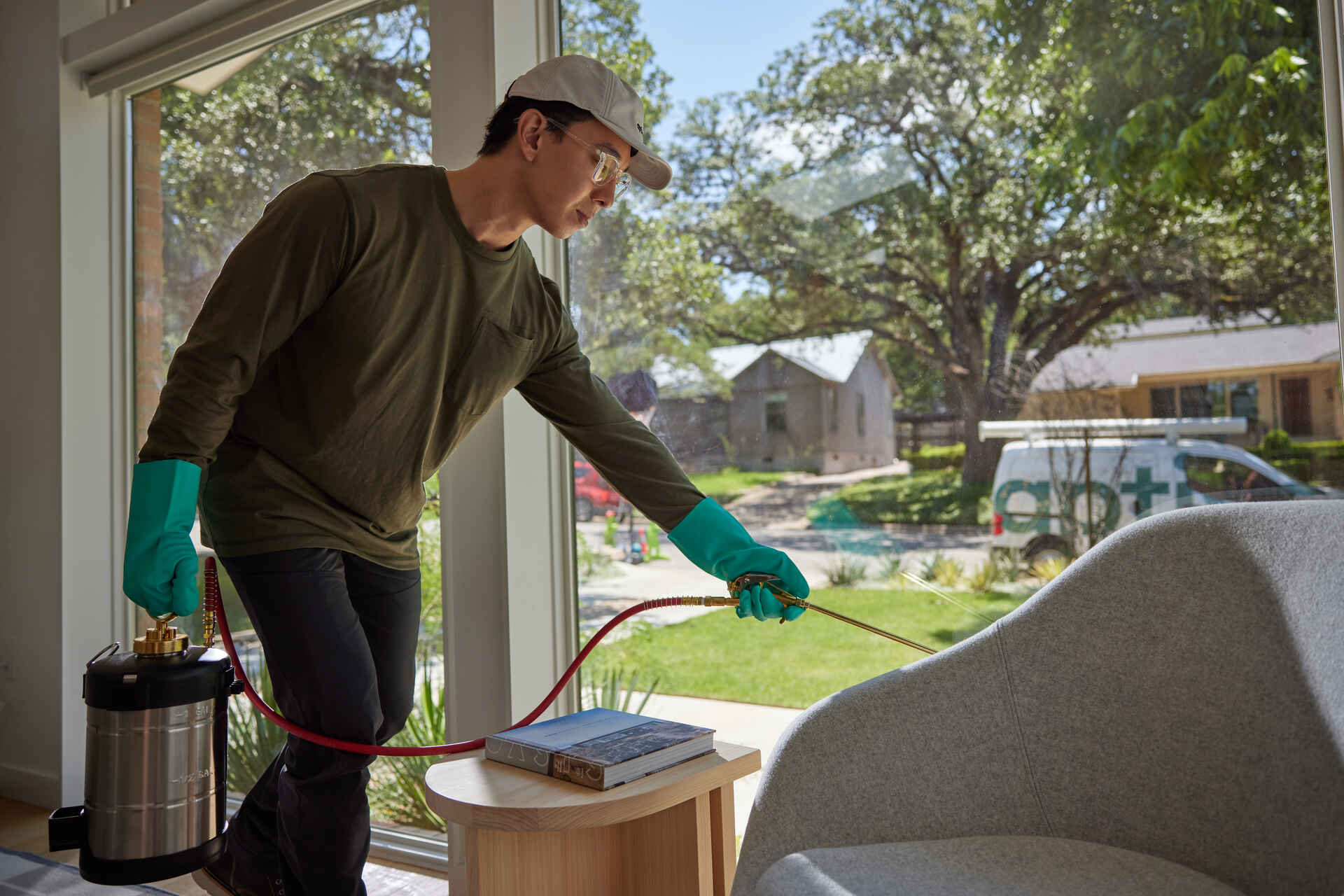A1 Pest Control Portland Bed Bugs - Specialist Extermination Solutions
A1 Pest Control Portland Bed Bugs - Specialist Extermination Solutions
Blog Article
Efficient Bug Control Providers: A Comprehensive Take A Look At Extermination Techniques and Prevention Steps
In the world of bug control solutions, the effective monitoring of problems calls for a meticulous approach that combines various techniques and steps for both removal and prevention. From Integrated Insect Administration (IPM) techniques that prioritize sustainable solutions to chemical extermination techniques designed for targeted removal, the collection versus bugs is huge and diverse. Biological control methods and physical avoidance procedures use alternate paths to effectively combating undesirable burglars. Nevertheless, the secret to an extensive pest control strategy exists not just in the strategies themselves, yet likewise in the precise professional examination treatments that precede and educate them. By recognizing the complexities of each method and just how they interaction, one can genuinely understand the complexity and performance of contemporary pest control solutions.

Integrated Bug Management (IPM) Approaches
Integrated Insect Administration (IPM) Strategies encompass a detailed strategy to pest control that focuses on control, tracking, and avoidance approaches to properly manage insect populations. By incorporating numerous strategies, IPM intends to minimize the impact of insects while likewise minimizing the dependence on chemical pesticides. Avoidance exists at the core of IPM, stressing techniques like proper sanitation, maintenance of health, and sealing entry factors to hinder insects from infesting buildings.
Chemical Extermination Methods
Chemical extermination methods are frequently utilized in insect control services to efficiently remove bug populations that position a risk to human health and wellness and property. These strategies entail the usage of numerous chemical compounds particularly developed to target and eliminate pests such as pests, rats, and various other unwanted creatures. The application of chemicals, pesticides, rodenticides, and other chemical agents is carefully managed to make sure maximum effectiveness while minimizing threats to people, animals, and the environment.
Among the essential advantages of chemical elimination methods is their ability to provide fast and targeted results, making them particularly beneficial in situations of severe problems or urgent parasite control requirements - a1 residential pest control portland or bed bugs. However, it is necessary to highlight the significance of correct handling, application, and disposal of these chemical products to avoid unintentional injury
Moreover, incorporated parasite administration (IPM) strategies typically incorporate chemical extermination strategies with other techniques such as hygiene, habitat adjustment, and organic controls to create a detailed and sustainable pest control technique. By including chemical extermination methods deliberately within an IPM framework, insect control solutions can properly manage bug populaces while minimizing potential dangers to human wellness and the environment.
Biological Insect Control Approaches
Using natural predators and parasites to handle bug populaces is a lasting method called biological bug control. This strategy uses the natural mechanisms of the community to control bug populaces without relying upon artificial chemicals. One usual organic control approach involves introducing natural adversaries of the target insect types, such as ladybugs for aphid control or nematodes for termite invasions. These natural killers prey on the insects, assisting to maintain their populations in check.
An additional efficient biological control approach is making use of microbial insecticides. These are naturally taking place bacteria, such as viruses, fungi, and germs, that particularly a1 portland bed bug exterminator target and contaminate specific pest varieties. By using these microbial representatives, bug populations can be properly decreased without causing or damaging useful microorganisms damage to the setting.
Physical Insect Avoidance Steps
Implementing physical pest prevention procedures entails making use of obstacles and architectural alterations to hinder parasites from infesting a home or going into. Installing door moves, displays on home windows, and sealing cracks in the structure can aid stop insects like insects and rats from obtaining accessibility inside your home.
An additional physical prevention action is the use of obstacles like fencing to keep bigger bugs such as deer or raccoons away from the home. By applying these physical insect avoidance steps, building owners can dramatically reduce the danger of parasite infestations and the damage they can create.
Professional Bug Inspection Procedures
Performing thorough and methodical parasite inspections is a fundamental element of specialist pest administration procedures. Expert parasite inspectors are trained to carefully analyze buildings for indicators of infestations, determining pest species, entrance points, and favorable problems. The evaluation process usually begins with an extensive evaluation of both the interior and exterior of the premises. This entails monitoring for bug droppings, chomp marks, nests, and any kind of architectural damages that may indicate bug task. In addition, examiners may make use of specific tools such as dampness meters and borescopes to find concealed infestations within wall surfaces or crawl spaces.

Final Thought
Finally, reliable bug control services use a range of strategies, including Integrated Pest Administration techniques, chemical elimination techniques, organic controls, and physical prevention actions. Expert parasite assessment treatments play an important role in recognizing and dealing with pest concerns in a timely way. By implementing a combination of these strategies, homeowner can successfully handle and prevent insect problems.
From Integrated Pest Administration (IPM) approaches that prioritize sustainable options to chemical elimination techniques created for targeted removal, the arsenal against bugs is diverse and huge.Integrated Pest Management (IPM) Methods incorporate a comprehensive method to pest control that concentrates on prevention, control, and monitoring techniques to successfully take care of parasite populaces.Chemical elimination techniques are commonly employed in parasite control services to efficiently remove pest populaces that pose a threat to human health and wellness and home.Utilizing natural predators and parasites to manage pest populaces is a lasting approach recognized as organic insect control.In final thought, effective insect control services use a selection of strategies, consisting of Integrated Insect Administration techniques, chemical extermination approaches, organic controls, and physical prevention steps.
Report this page